Iran’s Hyrcanian Forests in UNESCO Heritage List
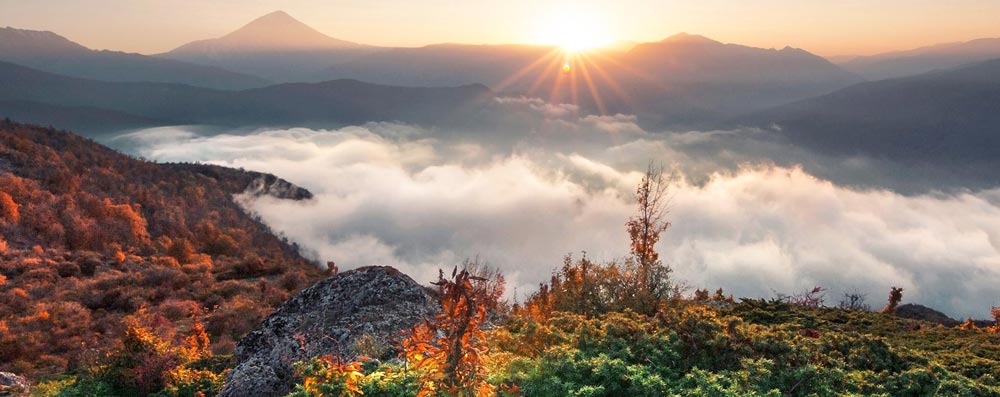
UNESCO’s World Heritage Committee voted to add Hyrcanian Forests, one of the richest ecosystems in the world, to its World Heritage List on July 5, 2019. The lush lowland area of Hyracanian Forest dates back to at least 50 million years ago, to the third period of geology, the Age of Dinosaurs.

We cannot see any dinosaurs on Earth today, but with a few hours of driving or walking in the Hyrcanian Forest, you can experience where they lived once. Indeed, these forests are a complete Jurassic Park.
The forests survived during Ice Age because locating in the heart of the Alborz mountain range and the Caspian Sea helped them against freezing. These 50-million-year-old forests are considered one of the most valuable natural museums in the world.
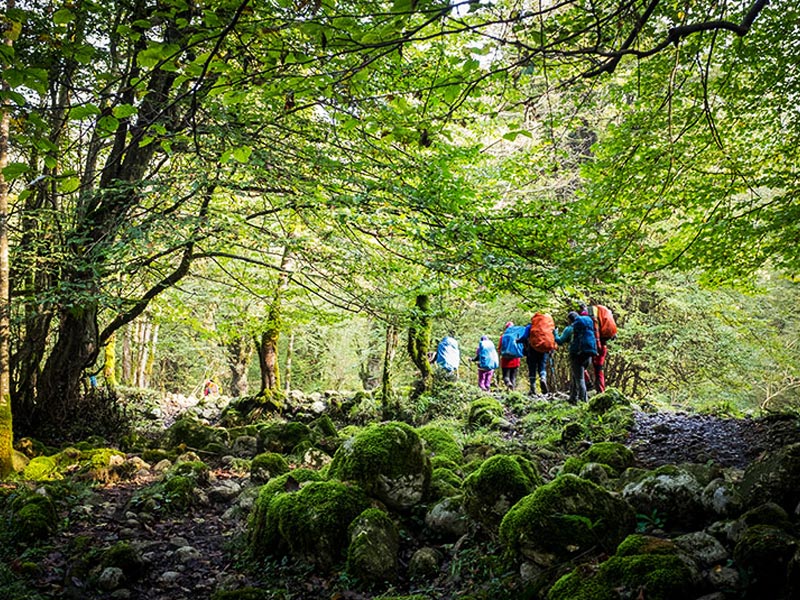
The Hyrcanian Forest famous as “Caspian Hyrcanian mixed forests”, is named after the region of Gorgan (the capital of Golestan Province) which was called Hyrcan in ancient Iran.
These dreamy forests are a fantastic attraction to visit in all seasons. There you can find tranquility, comfort, and peace; a green jungle where you can hear the birds chirping their melodious, feel a gentle breeze blowing, savor the sweet smell of freshness, experience a light, romantic rain, and see the clouds dance in the clear sky.
Where the Hyrcanian Forests Are Located?
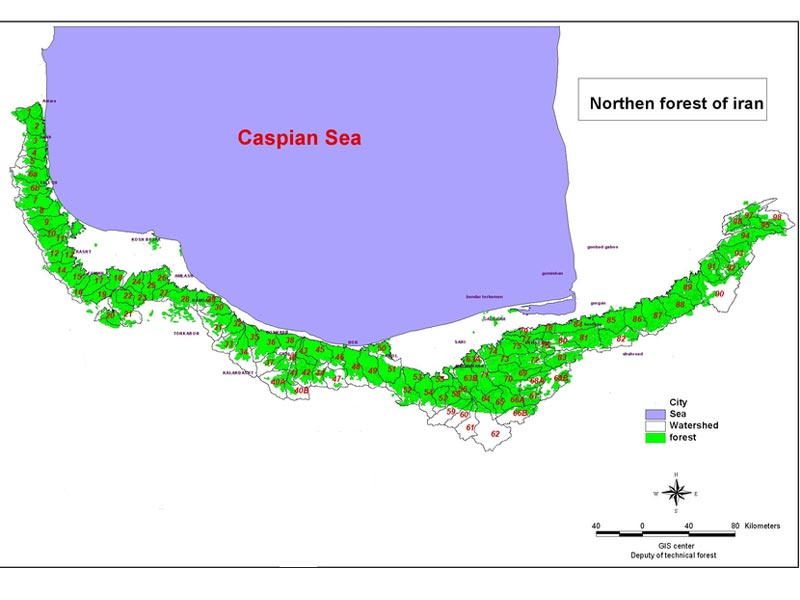
The Hyrcanian Forests belong to both Republic of Azerbaijan (20%) and the Islamic Republic of Iran (80%). The Iranian forests are located on the southern shores of the Caspian Sea like a green ribbon. The forests extending from northwest to northeast of Iran cover some parts of five provinces including Ardebil Province, Gilan Province, Mazandaran Province, Golestan Province, and Khorasan Province. Therefore, if you travel to each of these provinces, you can reach and visit parts of these forests.
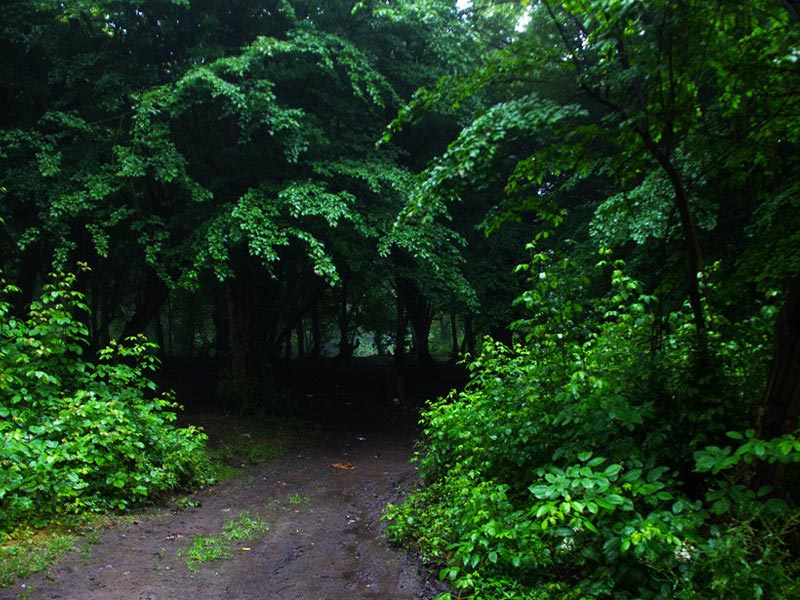
Hyrcanian Forests’ Climate
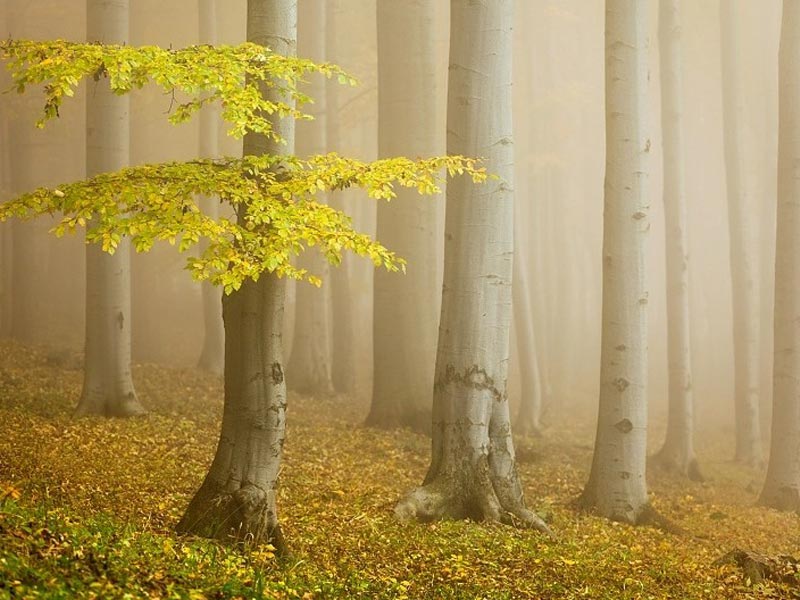
Since some factors such as the density of the trees, the vegetation, the gradient, and the distance to the sea affect the climatic condition of the Hyrcanian Forests, we can define three climatic regions for the area: oceanic; humid subtropical (in the middle altitude locations); and humid continental (in the mountains).
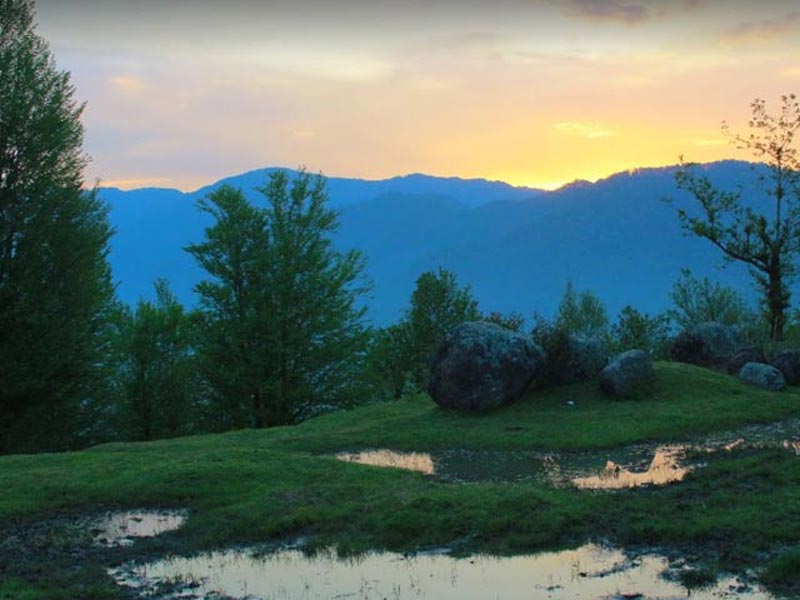
The average temperature of the area is between 15°C and 18°C. Indeed, in the warmest months, the average temperature varies between 28°C to 35 °C; and in the coldest months, it varies between 1.5 °C and 4 °C.
The relative humidity also fluctuates from 74.6% to 84.6%. In the Gilan area, the humidity is higher in contrast to other parts. The Forests enjoy the maximum rainfall in spring, late fall, and winter.
Hyrcanian Forests’ Fauna and Flora
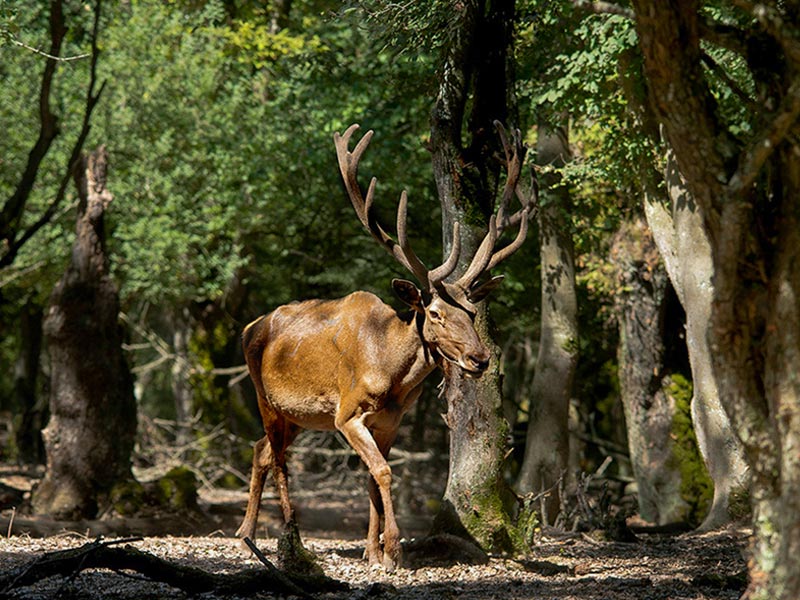
Those interested in Hyrcanian Forests travel to this area not just for its glorious nature and atmosphere but for its great source of fauna and flora. In Fact, the biodiversity and its rare and unique species of animals and vegetation make this area a good place for those interested in Iran’s wildlife and bird-watching tours.
Hyrcanian’s Fauna
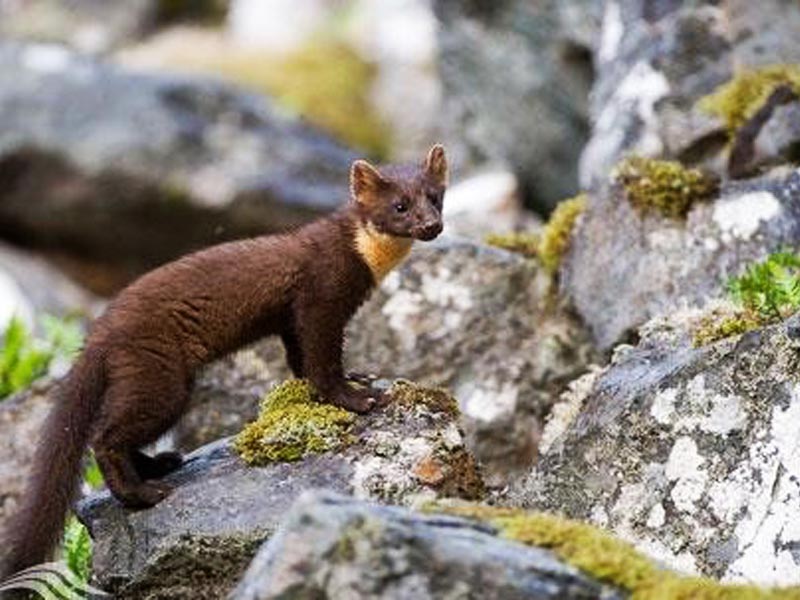
The fantastic forests are home to 180 bird species such as the Caspian snow cock, grey-lag goose, Eurasian spoonbill, white-fronted goose, red-breasted goose, white-headed duck, Dalmatian pelican, night heron, flamingo, etc. It is also considered a resting area for birds migrating between Africa and Russia.
The Hyrcanian forests are also home to 58 mammal species including the Persian leopard, Caucasus leopard, jungle cat, lynx, wild boar, wolf, brown bear, badger, golden jackal, etc.
Hyrcanian’s Flora

This valuable green zone covering an area of about 850 km, is remarkable due to its floristic biodiversity. The soils are productive and rich in minerals and organic matter due to the average rainfall. About 44% of the vascular plants known in Iran are found in the Hyrcanian region. According to reports, there are about 3234 species belonging to 856 genera and 148 families in Hyrcanian Forests.
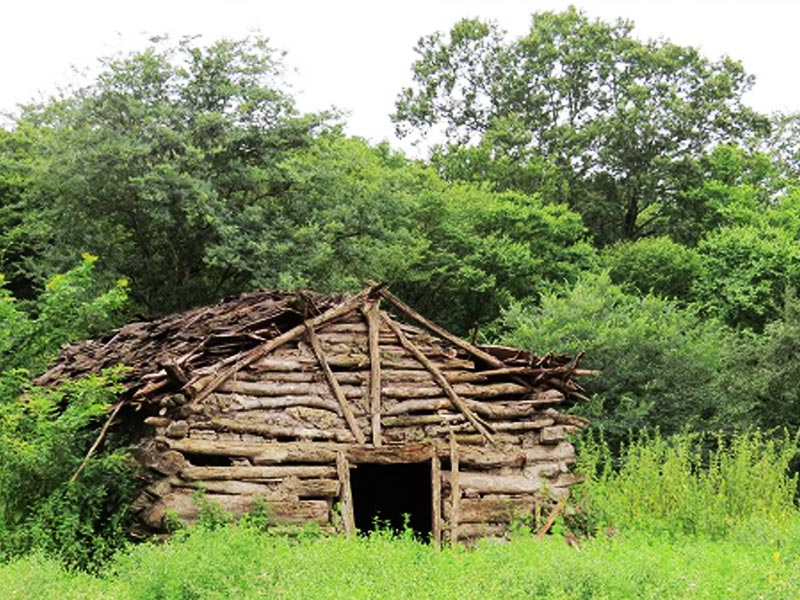
A variety of tree communities can be seen according to the various altitudes of the ecoregion. At the lower altitudes, the forests contain a number of relict Arcto-Tertiary thermophilous species including Zelkova carpinifolia, Gleditsia caspica, Pterocarya fraxinifolia, Parrotia persica, etc. At higher elevations, however, the vegetation species increases and you can also see alpine grasslands and Irano-Turanian thorn-cushion steppe.
The Importance of Hyrcanian Forests
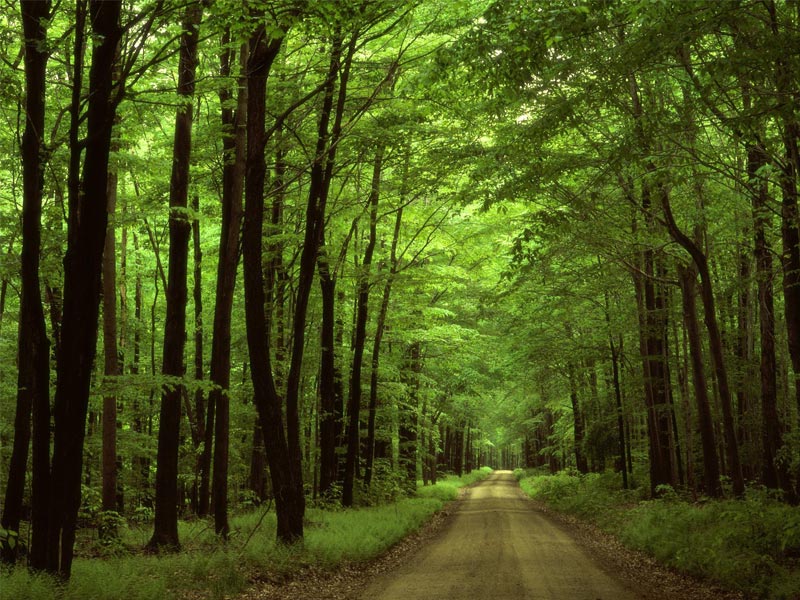
The importance of Hyrcanian Forests is not just for its rich history. These forests are a great source of energy production; they have a very important role in reserving water; protecting soil; preventing floods; as well as having an effective place in the tourist industry. Furthermore, they are home to various species of plants and animals.
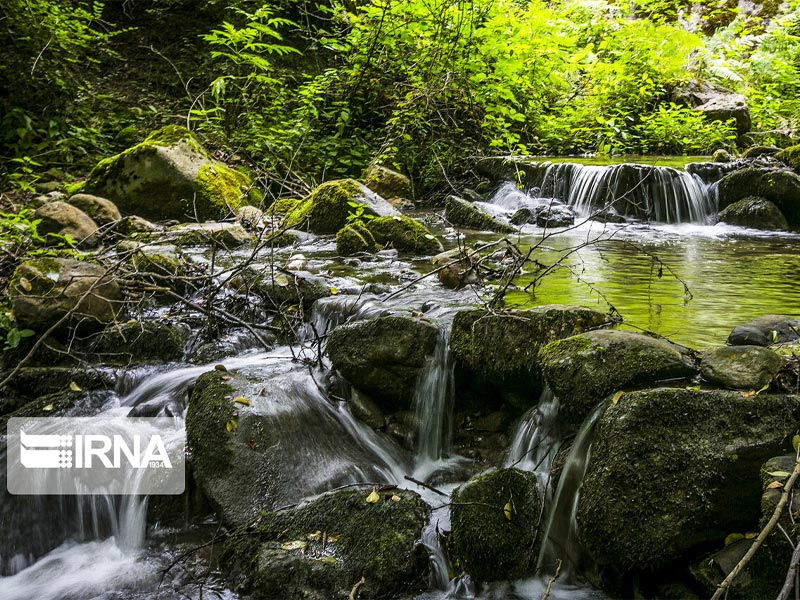
Iran Wildlife Tours
If you are interested in visiting the Hyrcanian Forests, contact us. We have great Tours for introducing its pure nature, its fauna, and flora.

 فارسی
فارسی  русский
русский Française
Française Español
Español Deutsch
Deutsch 中文
中文 العربیة
العربیة